UFC
Fighting my way out of hell
It was two years after I’d had a seizure in an elevator in Sydney, dragged unconscious across a hotel lobby in the final hours of a weight cut before facing a jiu-jitsu world champion in the UFC.
And it was the morning after I’d lost in Melbourne to a guy I should have easily beaten.
We were down having breakfast in the hotel and Rob Whittaker walks in. He grabs me, starts shaking me and says: ‘Go up to welterweight. What are you doing? Move up a weight class, you can’t keep doing this to yourself.’
Dad and I said, ‘Yeah, we think you’re right’.
Rob had seen me during that weight cut and just said, ‘Nah … no good’. He’d been there himself.
Rob was a welterweight and during weight cuts, he looked horrible. He moved up to middleweight, where he’s not the biggest guy by any means – but he’s the undisputed champion of the world. He’s fresh when he goes into the Octagon, 100 per cent. His body fully recovers after his weight cut, he goes into that cage and smashes people. It’s worked for him, big time.
It’s been the same for me. After moving up from lightweight to welterweight, I’m on a three-fight win streak after tapping out Shinsho Anzai last month in Singapore, first round. But I put my body through hell for years to get here.

BRUTAL WEIGHT CUTS
I fought at welterweight (77kg) when I was younger, even though I was a skinny teenager walking around at 73-74kg. I’d walk into weigh-in in my tracksuit pants and a hoodie, I’d put phones in my pockets and drink a bunch of water before getting on the scales to seem heavier.
My whole mindset then was just that I loved Georges St-Pierre. He was my favourite fighter, so I wanted to be a welterweight.
When I was younger and didn’t have to seriously cut weight, I’d eat whatever I wanted ahead of fights. I just had fun. As soon as I got in the UFC, it becomes a job where you’re getting paid a lot more money. This is your livelihood now and you have to win. It’s not fun anymore. Add the weight cut in and it can be brutal.
At lightweight, I wouldn’t eat any carbs at all for the last two weeks before weigh-in. In the final days before, just some almonds and lettuce. Almost two days without water. It definitely wasn’t good.
I’d have dizzy spells walking around, or if I sat down too long and stood up too fast. I felt lethargic through the legs and arms. I used to get a really sore back and my kidneys would hurt. I would lose my hearing. On weigh-in day, it was like being on an aeroplane; I’d get air bubbles in my ears and couldn’t hear anything.
Rob Whittaker walks in. He grabs me, starts shaking me and says: ‘Go up to welterweight. What are you doing?’
The seizure I had in the lift before facing Rocha was just my second fight in the UFC, age 19. My team were dragging me through the lobby of the hotel, passed out with just a towel on me, trying to splash water on me and cool me down. It was pretty rough.
I used baths to cut weight; the water seemed to come out of you quicker than sitting in the sauna. We’d make the water as hot as I could handle, then sit under a bunch of towels afterwards, just keep sweating until I stopped … then jump back in as many times as I had to, to get down to weight.
We used to do 5-6kg just in sweat the night before and the morning of weigh-in, then I’d have to stay at that weight for four hours before getting on the scales. Then, finally, you can start drinking and eating again.
You’re lethargic when you train. We would try to train in fight week but, after 10 minutes, I’d be done because I was so tired. It’s not enjoyable at all. The last few fights at lightweight, I didn’t want to be there. Didn’t want to be at the hotel in fight week, didn’t want to fight after starving myself.
And whatever happens in fight week, you take it into the cage. If I’m paranoid that I’ve got no energy because I haven’t eaten anything, if I’m worried that I’m not going to recover from the weight cut, that plays on your mind right into the fight.

That was before. Looking back, it was crazy.
Now, things are so much different. The UFC lightweight limit is 70kg, welterweight is 77kg; I walk around normally between 85-87kg. It is worlds apart cutting 15-17kg compared to 10kg or less. It’s so much better now. So much more enjoyable.
I’m doing two training sessions a day during fight week. Last fight, I trained the night before weigh-ins, a full session. I’m eating full meals. I can drink some water. Now, if I can, I’ll have a parma the night before weigh-in.
I’m hanging around with the other fighters, having a laugh. When you enjoy fight week, you take that into the cage, too. You enjoy the fight and you have more confidence. You know that you have the energy, know that your body is strong and you can do what you have to do.
I didn’t lose at welterweight as a kid and I still haven’t. I finally made the decision to move up while I was dealing with a whole other health problem, one that kept me out for a year.

FOOTY & DODGY HIPS
I played footy for nine years, which is still longer than I’ve been doing MMA. One more year and I’ll be on par. I played in representative sides as a halfback flank; run through everyone, kick long, clear the ball out. I did a stint one season with the Northern Knights. I took it seriously.
Even when I had my first amateur fight, I still wanted to be an AFL player one day and play for Hawthorn. But after a while, it becomes a bit stale and you look for something new to do. For me, that was MMA.
Even though you’ve still got a team around you – coaches, trainers, sparring partners – MMA is much different to footy. I sometimes miss the team environment of footy but I really like the individual element of MMA.
In footy, you can have your best game of the season and if your team doesn’t perform, you still lose. It was a bit frustrating for me when I’d have a grouse game, the other boys didn’t pull their weight and we’d end up getting smashed.
In MMA, it’s all on you. You can’t blame your coaches or anyone else. You’re the only one in the cage and you have to dictate what happens.
As it turned out, footy, MMA and a problem I may have had since birth cost me a year out.
I had a couple of losses at lightweight, against Kevin Lee and Andrew Holbrook. On top of the weight cutting problems, I knew the reason why: I had bad hips.
I went in to get everything checked out and I was told I had a hip impingement. Everything down to my ankles was affected by it. I couldn’t put effort into training, I had really sore hips and I kept rolling my ankles. I’ve only got one ligament left in each ankle, the others are all torn up.
I felt lethargic through the legs and arms. I used to get a really sore back and my kidneys would hurt. I would lose my hearing.
The surgeon told me it’s a cumulative thing. I might have been born with thicker hips and then when you’re an active kid, playing footy and other sports, it’s a lot of bone-on-bone impact. It calcifies more and more, and it got to the point where I broke down.
I was fighting Lee in Las Vegas, July 2016, and I tried to push through it for training. Then, I fractured my hip in that fight. I threw a head kick and I broke my right hip, leading to a Round 1 loss.
By the time I took my next fight in Melbourne, November 2016 against Andrew Holbrook, I was barely able to squat my own body weight. If I was getting held down in wrestling, I couldn’t get off the floor. Serious pain. It affected me in training and in the fight, which I lost by split decision.
I went and got myself checked out again and they told me that if I didn’t do something, I’d have a hip replacement by the time I was 40 and probably be in a wheelchair after that. It was a no-brainer to get it fixed up.
I had no idea that I had done that much damage to my body. I just thought that maybe I wasn’t doing enough squats! My glutes were on fire and after training sessions I’d have to go and lie down on the couch, hip joints aching. I had zero strength in a squat position, defending takedowns. It came on all of a sudden and everything was jammed up.
I had to get eight millimetres shaved off three sides of both hip bones. I had to get the fracture fixed up. I had to get my labrum cartilage sewn back on, because that was floating around. I had arthritis in my hips. But they reckon it’s all fixed now and shouldn’t affect me anymore.
It was a long rehab. They told me 15 months before going back to fighting but the 12 months I took were long enough.

VETERAN AT 23
We started working on the move up to welterweight during my year off. Getting my weight up, putting muscle on. Fighting fresher. Fighting smarter.
The results: decision wins over Bojan Velickovic and Li Jingliang, and now the Round 1 sub of Shinsho Anzai. Three in a row – and I felt way stronger than all those guys despite the bigger weight.
I’m just stronger at welterweight than lightweight because I feel fresh and it suits my body shape. I struggle more against shorter guys; especially in sparring, I like fighting against taller guys, using my jiu-jitsu, wrestling and throwing overhands. I’m at a low centre of gravity, looking to shoot at the legs or throw big overhand punches.
I started Brazilian jiu-jitsu when I was 15. I got my black belt at 22 and, at 23, I’ve just had my belt closed, adding two stripes to it. It took about seven and a half years to get my black belt, which is pretty quick: the usual time is about 10 years. Training for a living allowed me to progress quicker.
My BJJ coach is Carlos Vieira, who has his own gym in Melbourne. I believe he’s the highest-ranked BJJ practitioner in Australia.
I can hardly describe what Carlos is capable of. If someone walked in off the street into my gym, what I could do to them as a UFC fighter and jiu-jitsu black belt, Carlos does to me.
I’ve been training in BJJ for eight years. Carlos has been a black belt for 16 years. When you feel what he can do to you, it is just insane. Carlos is only about 70kg and he throws me around like a rag doll.
The whole point of jiu-jitsu is to beat a bigger opponent, to use their strength against them. Carlos is the perfect example of that. Obviously, I’m going to be stronger than him but he feels like he’s 300kg when he’s on top of me, the way he uses his body and uses my own weight against me.
I was a purple belt when I first went to Carlos’ gym and his blue belts (a lower rank) were beating me up. Facing Carlos himself, I’d never felt anything like that before. I said, ‘This is where I’m going to be at from now on’. It’s worked, because I’ve had some submission wins in the UFC now and even choked out Vagner Rocha at age 19 – a BJJ world champion who is about the same rank at Carlos.
I’ve got my own gym in the north of Epping, XLR8 Training Centre, where I train with my old man, Mick. We do all my MMA stuff there, bring everything together. Sometimes my coaches will come up and we’ll train there.
Otherwise, during a fight camp, three times a week I go to the city to train in Carlos’ gym; twice I head east to Dandenong (a one-hour, 15-minute drive) for training with my striking coach, Peter Hatton; and we drive to Footscray (45-50 minutes) to Dan Kelly’s for sparring.
Everywhere else, we drive as well. We try to find the best strikers, best wrestlers, best jiu-jitsu guys and we go wherever we have to for the best training. During a training camp, we probably visit 10-12 different gyms. It’s a hard way to go about it but we don’t have those big super-gyms in Australia like they do in the US. You do what you have to do.
It’s a bit surreal: I’ve had 17 pro MMA fights by age 23 and I’ve had more fights inside the UFC than outside. It’s only myself and Max Holloway, the featherweight champion, who have registered 10 UFC fights before our 24th birthday; both with a 7-3 record starting out. Hopefully, I follow the same path as Max!
Beating Shinsho, it was the first fight of my career where everything worked; we knew everything that he would do, everything from training camp was implemented in the fight and it resulted in a first-round stoppage. I even called a submission win before the fight. It was good to show people that we can game-plan and be smart, not just stand in the middle and brawl.
It’s been three fights in about seven months, which is nice and busy for a UFC fighter. If I have one at the end of the year, it will be four in 12 months – perfect after having a 12-month layoff after surgery. I want to keep the ball rolling, I’ve got good momentum.
Hopefully, my next opponent will be higher ranked, though I’m not looking to fight a top 10 guy or anything at this stage. The UFC have pushed me along at a good pace – they’ve picked good fights for me, never thrown me to the wolves, or held me back to much.
But I think especially if my next fight is in Australia, I’ll definitely get a higher-ranked guy. It’s time for a step up.
More about: Hawthorn Hawks | MMA | Robert Whittaker
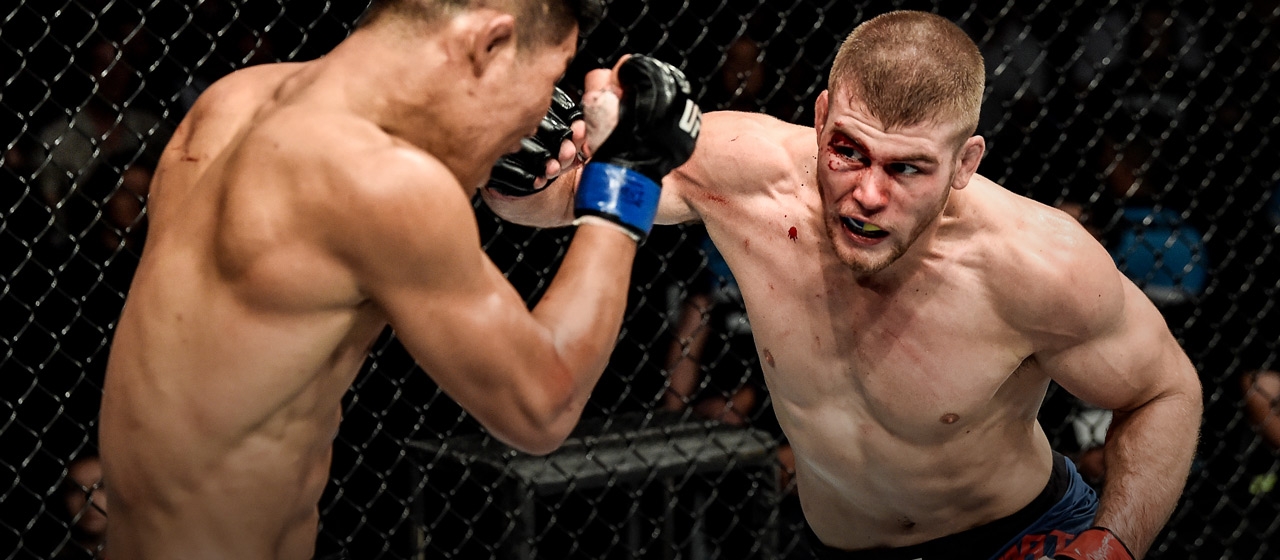
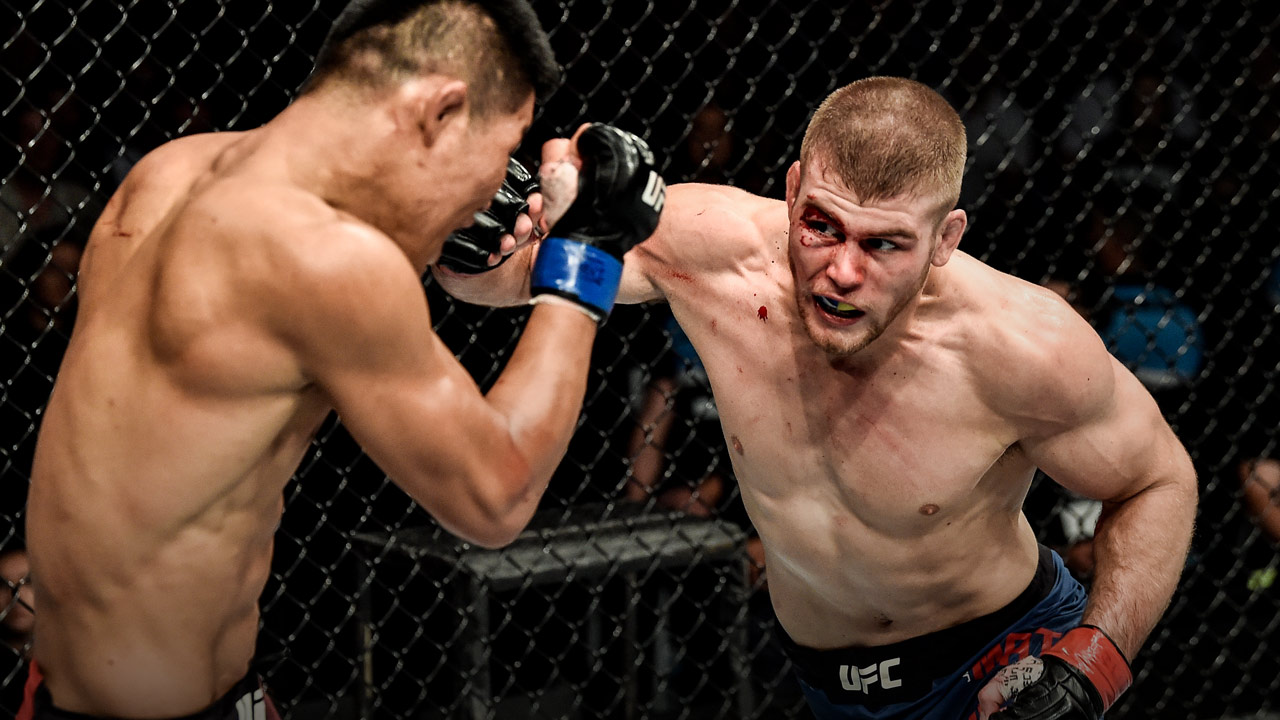
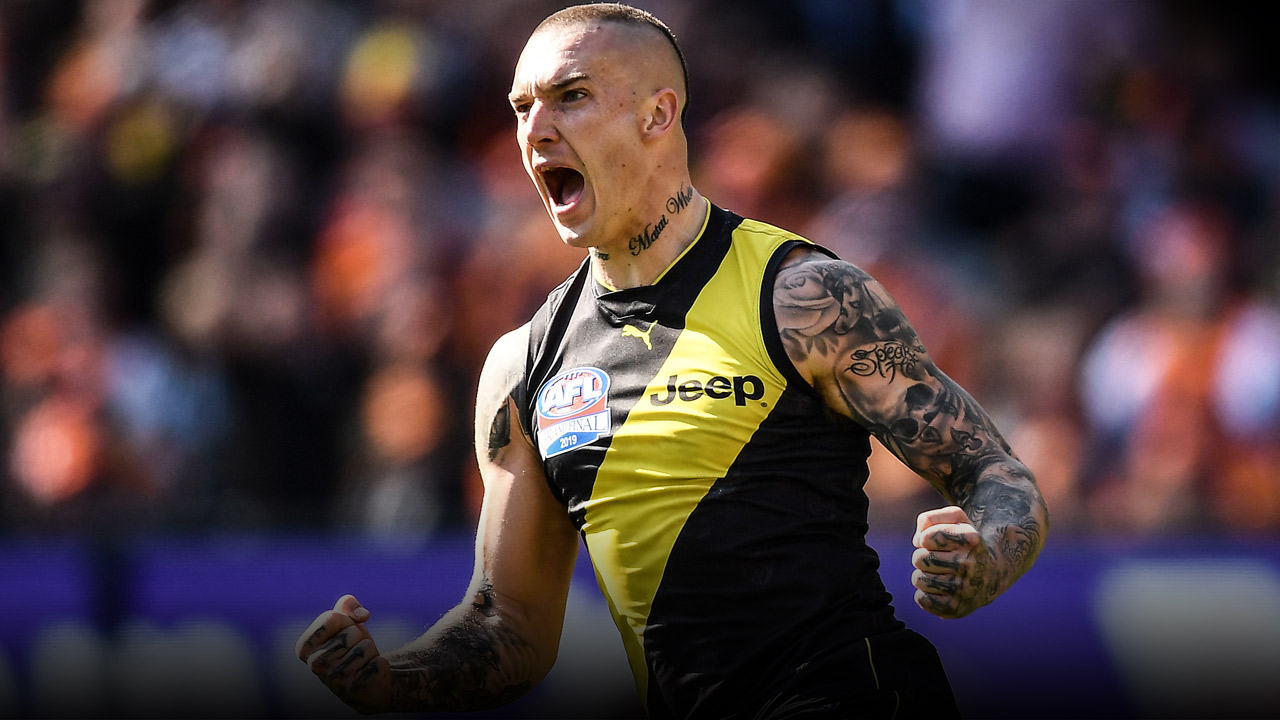
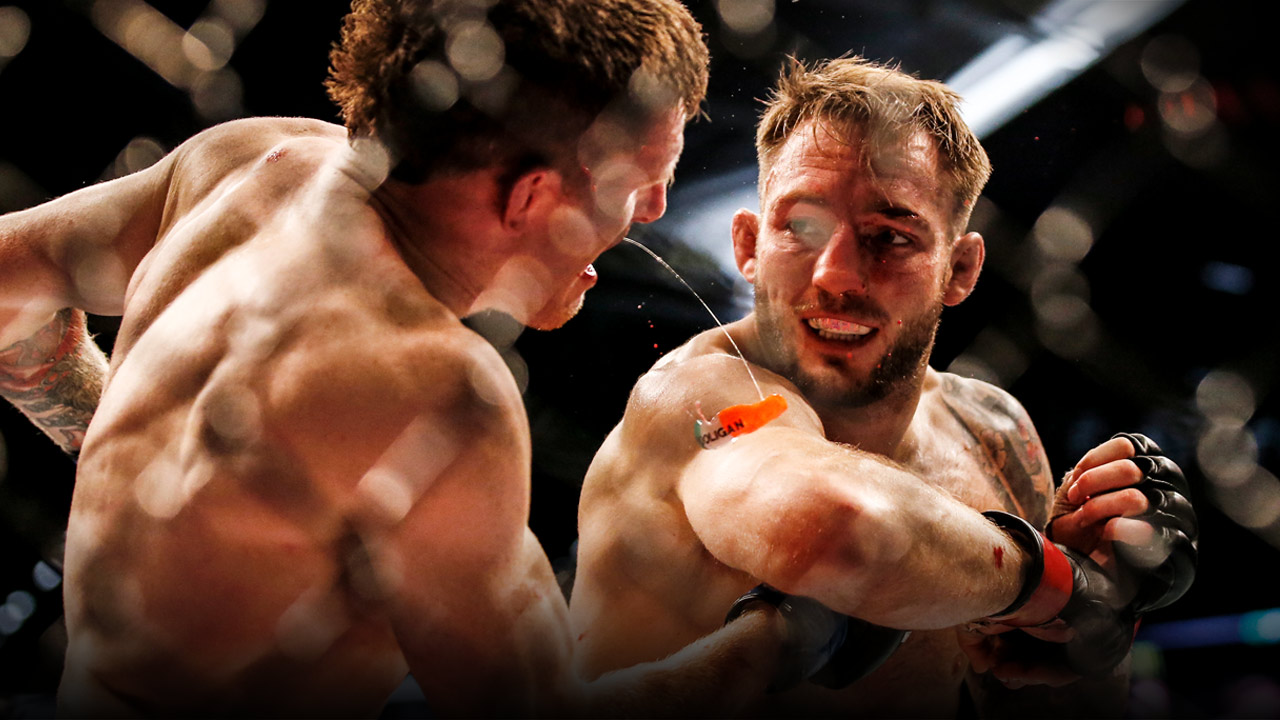
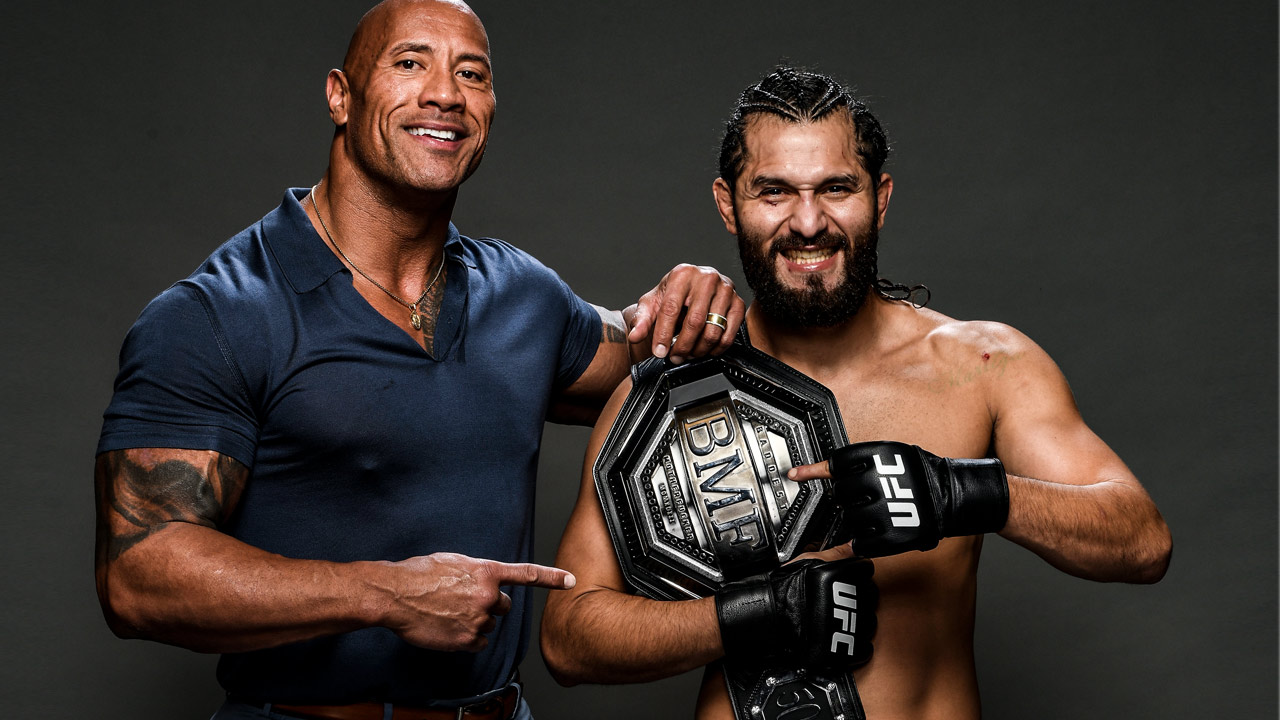
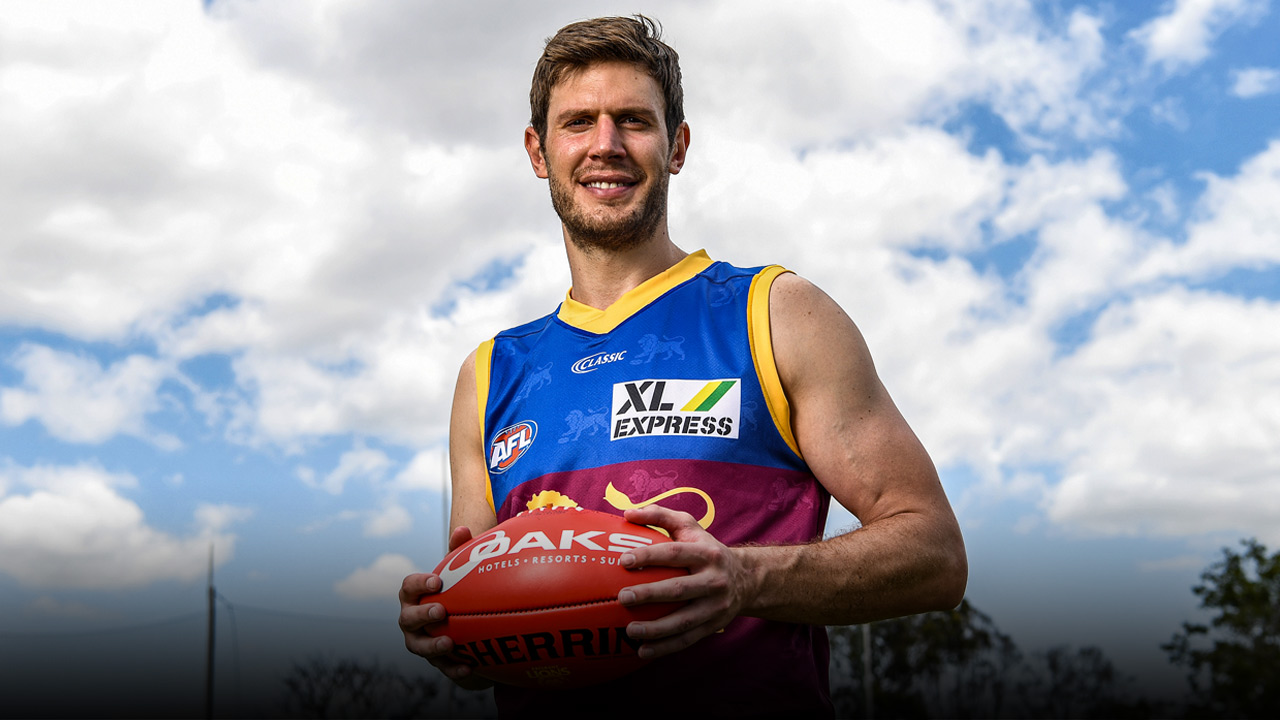
 Load More
Load More